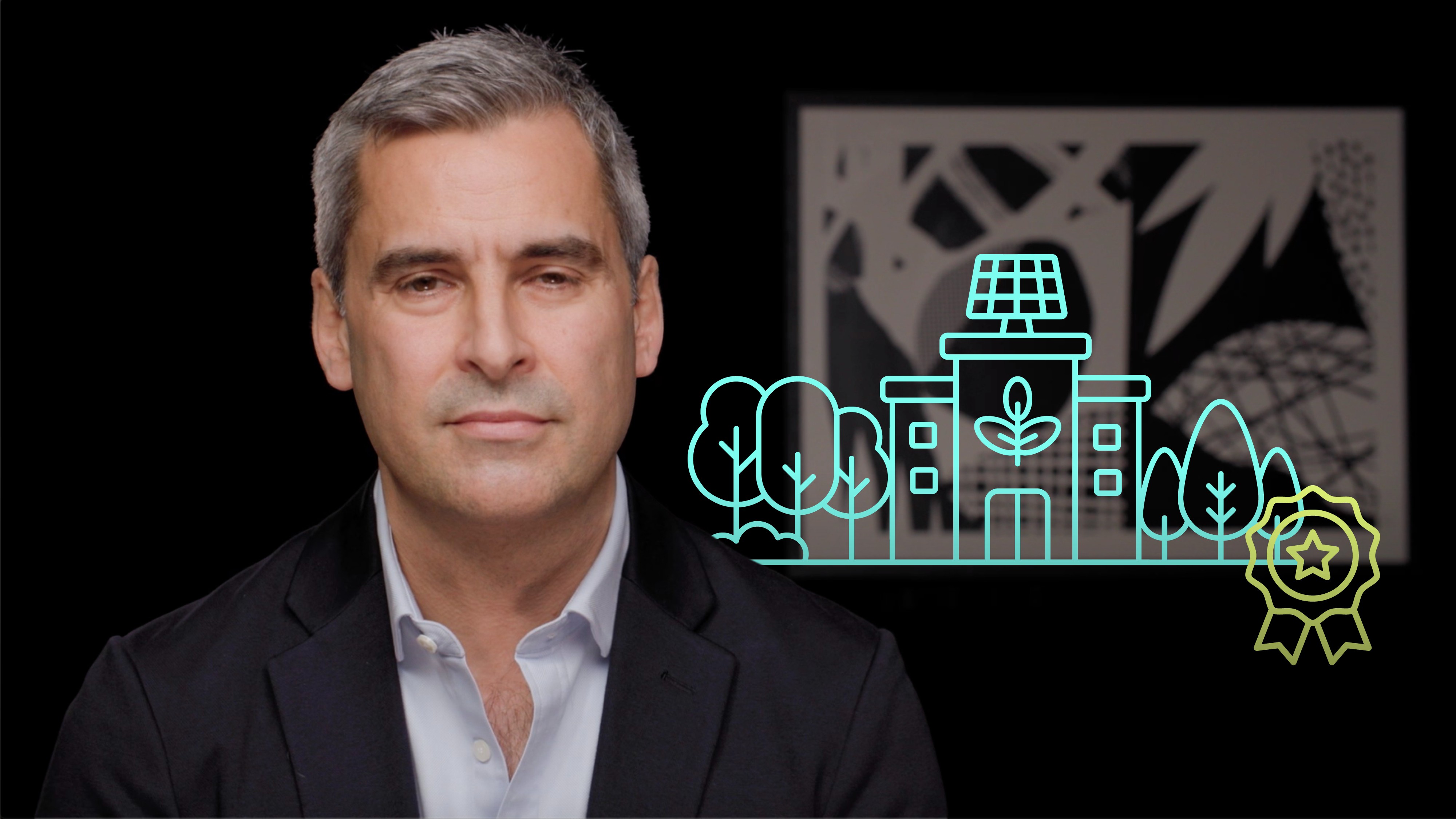
Introduction to Solar Thermal Energy

Christophe Williams
Co-Founder and CEO: Naked Energy
In this video on decarbonising heat, Christophe introduces the staggering potential of solar energy and the progress in solar panel technology. He also covers the problems of distribution, the enormous task of transitioning to renewable energy cost effectively and the means by which to achieve this. Finally, he discusses about the next 30 years of solar heat.
In this video on decarbonising heat, Christophe introduces the staggering potential of solar energy and the progress in solar panel technology. He also covers the problems of distribution, the enormous task of transitioning to renewable energy cost effectively and the means by which to achieve this. Finally, he discusses about the next 30 years of solar heat.

Introduction to Solar Thermal Energy
10 mins 9 secs
Key learning objectives:
Understand what is solar thermal technology and why it is important
Identify the key challenges in decarbonising heat
Understand the different potential solutions to deliver clean heat
Understand the predicted development of the solar thermal industry as per the IEA’s outlook
Overview:
It is becoming increasingly evident that climate change is a huge threat to society and also represents a considerable investment risk to businesses. The need to move towards cleaner sources of power is of the essence and although this has been happening with electricity, the generation of clean heat has lagged behind. Amongst all renewable power sources, the sun provides us with the greatest opportunity but is yet to be maximised. The opportunity to use solar thermal technology to decarbonise heat (generate clean heat) will be a major milestone in mitigating climate change. In this video we will introduce solar thermal technology and how it could be used to deliver clean heat.
Solar thermal technology
The type of renewable energy mostly associated with the sun are PV panels that convert the sun's light into electricity. However, solar thermal is another technology which is less known and involves collecting heat by absorbing sunlight. The solar thermal technology, first patented in 1891 and the industry has seen numerous changes in relation to wars, oil crises and political interventions. Most common solar thermal technology usually comprises a device known as a collector and the most common collectors are flat-plate and evacuated-tube collectors and their applications include space heating and sanitary hot water. Another form of solar energy is PVT, Photovoltaic Thermal and this simultaneously produces electricity and heat with the sun's energy and has been around since the 1970's but has also not seen mass market adoption.
What is the need for generating clean heat?
Thermal energy accounts for over half of all energy consumed on the planet and whilst progress is being made on the decarbonisation of electricity, decarbonising thermal energy is a much tougher task. In 2020, only 10% of thermal energy was generated from renewable energy sources. Mass adoption of solar thermal would help mitigate climate change.
What are the challenges in decarbonising heat?
The pervasive nature of heat is a key challenge to mass adoption as it needs to be provided locally across all properties unlike electricity which can be generated centrally and distributed through national grids. Heat cannot be transferred across long distances efficiently. Overall, the biggest challenge is being able to find a cost-efficient solution for local heat generation
What are the potential solutions for delivering clean heat?
While there are some options by which clean heat can be delivered, each has its own shortcomings
- Heat pumps - Using a small amount of electricity to transfer a larger amount of heat from either the air, water or the ground into our buildings. However, this is not feasible for all applications and will increase the burden on the electricity grid
- Biomass solutions - These are dependent on sustainable sources of biomass such as wood, which is not a viable option in these times. Additionally there is embodied carbon associated with transport and local pollution risks also need to be considered.
- Hydrogen - The technology is not yet mature and requires significant amounts of electricity to generate the hydrogen.
- Solar heat - offers a zero carbon, low cost means to provide heat. However, it is affected by intermittency of the sun and needs to be coupled with thermal storage solutions. These solutions will put heat and power in the control of local businesses and communities unlike centralised energy systems.
IEA Outlook on solar heat for 2030 - 2050
- All buildings with available roof space and sufficient solar insolation will have solar thermal water heaters, as they are more productive and cost-effective than solar PV
- Global living spaces using solar thermal will grow by 380%
- 40% of industrial heat will be generated by solar, bioenergy and geothermal
- Direct use of renewable energy for global heating will rise to 40%(in comparison to 10% in 2020)

Christophe Williams
There are no available Videos from "Christophe Williams"

